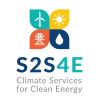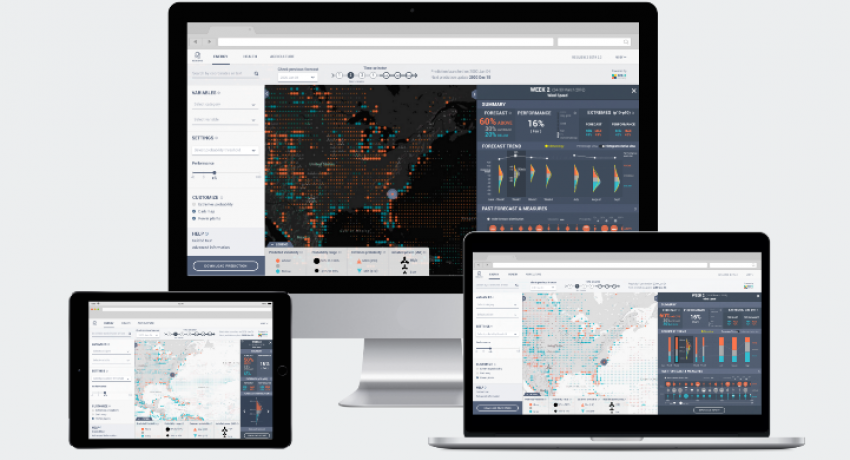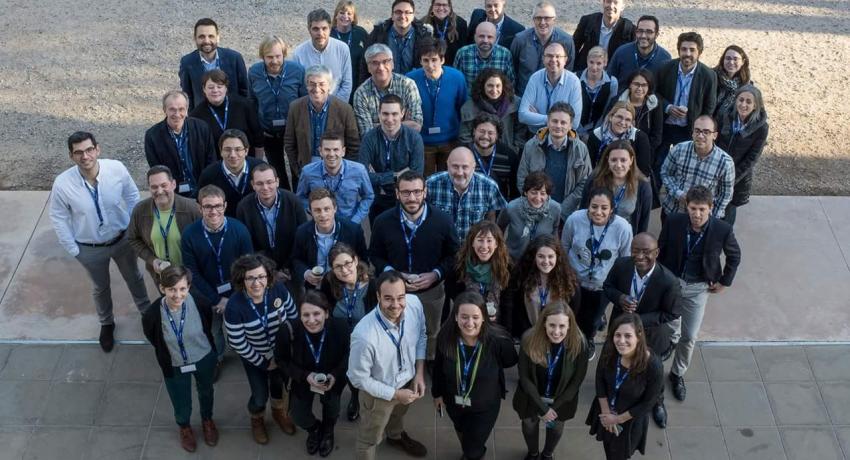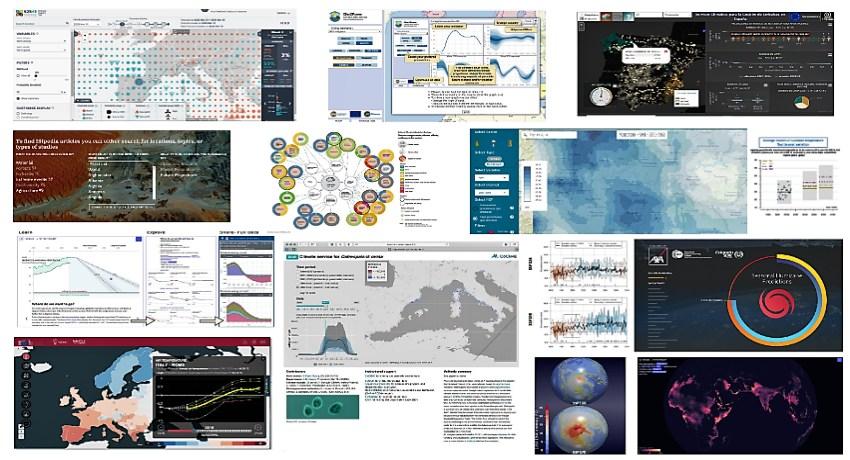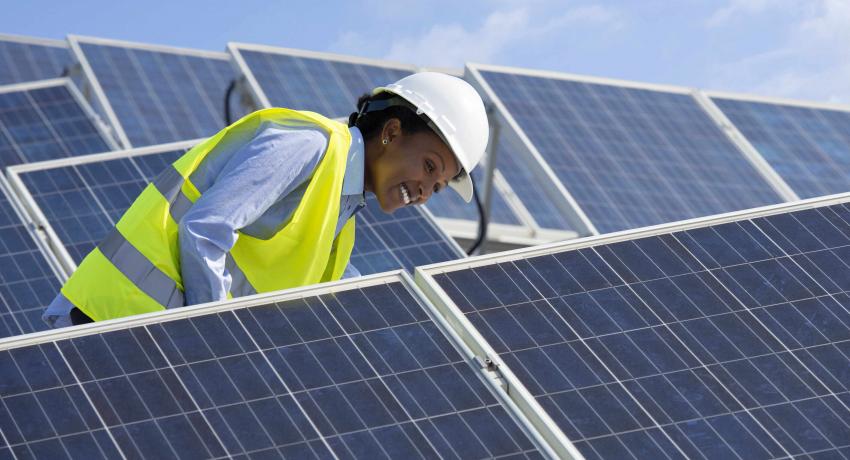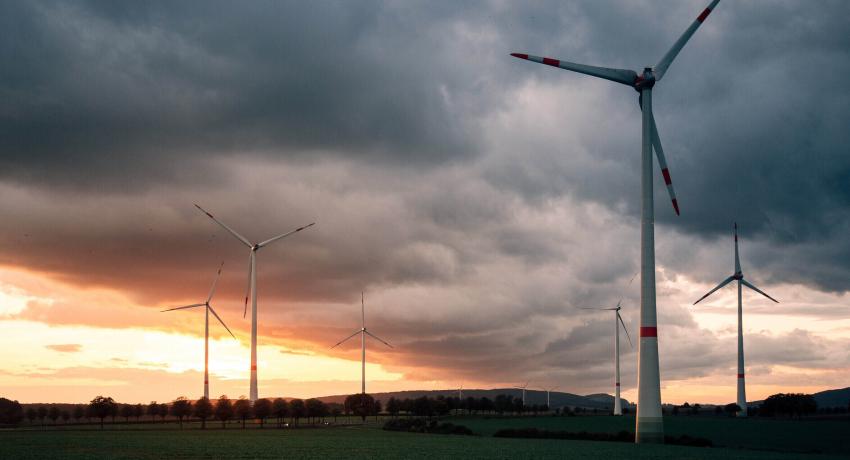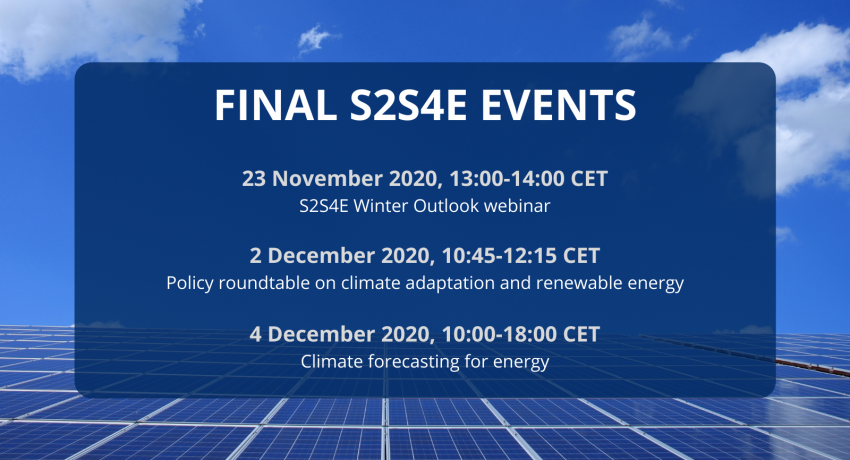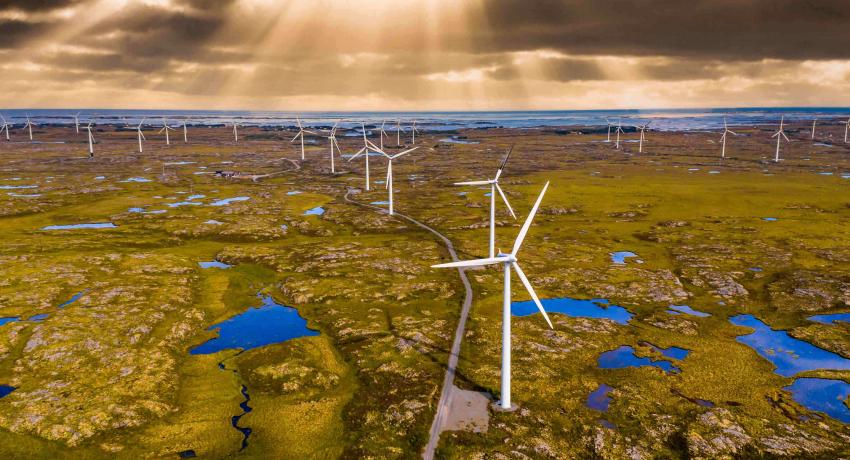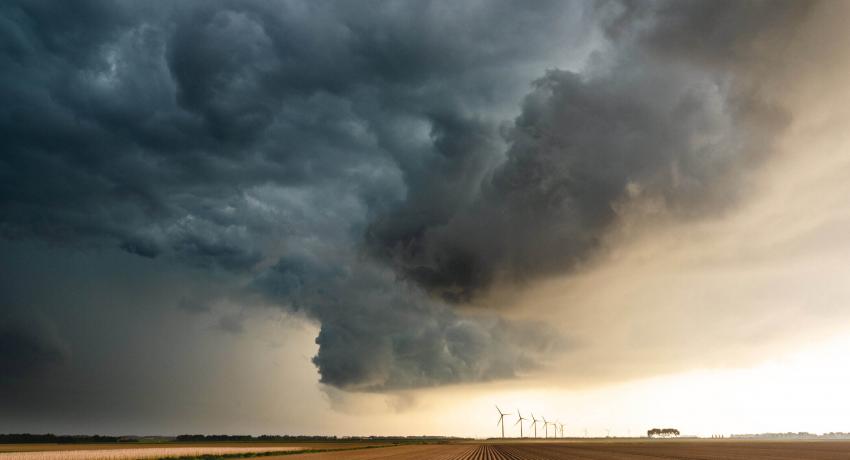From research to operations: Covering the last mile of a climate service for energy
With the completion of the project in December 2020, the S2S4E team wants to highlight some core aspects of the development of a climate service for energy: The S2S4E Decision Support Tool (DST).

